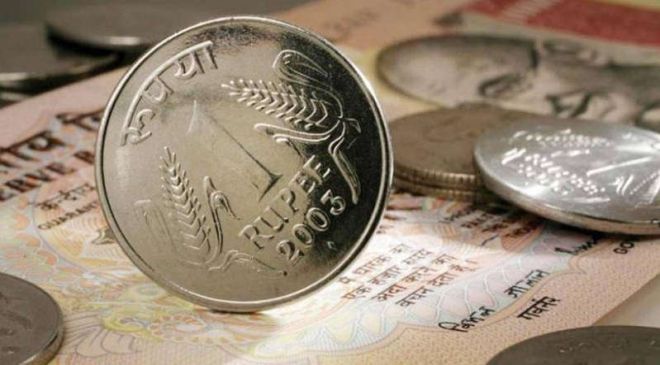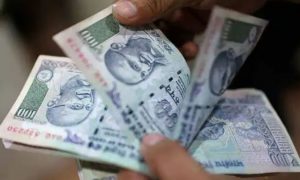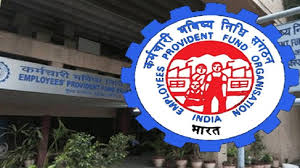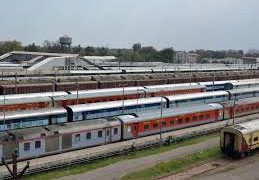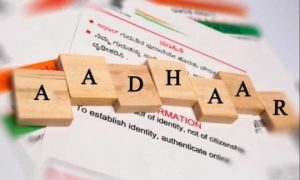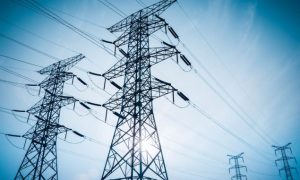New Delhi: Better-than-expected tax collections for the Modi government in financial year 2021-22 have come as a boon for collections in 2022-23, despite projections of slower GDP growth in the current financial year.
The Reserve Bank of India (RBI) has projected GDP growth in 2022-23 at 7.2 per cent, against 8.9 per cent in 2021-22.
Read More:-Jet Airways to Start Flying Again from September-October. What CEO Says About Flight Resumption
A back-of-the-envelope calculation shows that given the projected growth rate of 9.6 per cent in tax collections for 2022-23, the government can mop up at least Rs 2.1 lakh crore more than what is projected for the current financial year.
Sample this — the Budget projected tax collections in 2022-23 to grow at 9.6 per cent to Rs 27.58 lakh crore. The higher tax collections in 2021-22 at Rs 27.07 lakh crore mean that the government will be able to achieve the tax collection target for the current financial year by growing just 1.9 per cent from last year.
If the tax collections in 2022-23 grow by 9.6 per cent, as projected in the Budget, the total tax mop-up will be at least Rs 2.1 lakh crore more than the target.
However, if the increase in tax collections mirrors the growth rate of 2021-22, the collections could well be higher by a sizable margin.
Read More:-Can you avoid paying 30% tax by buying crypto on foreign exchanges? Read what legal experts say
“We are expecting the gross tax revenue in 2022-23 to be in the range of Rs 29.8 lakh crore to Rs 30 lakh crore. However, with corresponding increase in devolution to states by about Rs 70,000 crore and estimates of food and fertiliser subsidy set to rise by about Rs 1.3 lakh crore-1.5 lakh crore, the evolving revenue scenario of the central government for the current year is seen to be in balance, leaving no room for complacency for now,” Siddharth Kothari, economist at Sunidhi Securities, said.
Tax collections in 2021-22
The Centre’s tax collections for 2021-22 surged by Rs 5 lakh crore to Rs 27.07 lakh crore when compared with the budgeted estimates of Rs 22.17 lakh crore in the same year. However, when compared to 2020-21, the tax mop-up shows a growth of 34 per cent.
While the direct tax collection, which includes personal income tax and corporate tax, grew by 49 per cent — the highest in decades — indirect taxes (Goods and Services Tax or GST, excise duty and customs duty) surged 20 per cent from the previous year.
Read More:-These 10 banks are offering up to 7.5% interest on three-year FDs for senior citizens
Total tax collections are also around Rs 2 lakh crore higher than what the Budget had projected for 2021-22 in the revised estimates.
“This has taken the tax-to-GDP ratio to the highest in 23 years at 11.7 per cent,” Revenue Secretary Tarun Bajaj said. He added that overall tax buoyancy showed a “healthy, robust figure” of 1.91, which means that total tax revenue is growing about twice as fast as GDP.
Taxes are said to be buoyant when tax growth rises more than proportionately to growth in GDP.
A government statement said: “This revenue growth has been propelled by rapid economic recovery after successive waves of Covid-19, supported by one of the largest immunisation programmes of the world run by the government.” It added that this also signifies a robust economic recovery.
Case for excise duty cut on petrol, diesel
Bajaj, when asked whether the robustness in tax collections allows the Centre to bite the bullet on excise duty cut on petrol and diesel, said: “As and when the government takes a decision on cutting the duty, it will be communicated.”
Read More:-Cryptocurrency Prices Today April 9: Bitcoin, Ethereum trade in red, Tether bucks the trend
The government has estimated excise duty on petrol and diesel to fetch it Rs 3.35 lakh crore in 2022-23. This is after the Centre slashed excise duty on petrol by Rs 5 per litre and on diesel by Rs 10 per litre in November 2021.
In Delhi, the price of petrol and diesel is currently at Rs 105.41 per litre and Rs 96.67 per litre, respectively. To mitigate the impact of such high prices, it was expected that the central government would cut the excise duty on petrol and diesel, which is still very high — Rs 27.90 per litre on petrol and Rs 21.80 per litre on diesel.
Chief Economic Adviser V. Anantha Nageswaran said last month that there may not be a need to cut excise duty on both fuels if global crude oil prices settle at $100 per barrel on an average basis in the current financial year.

